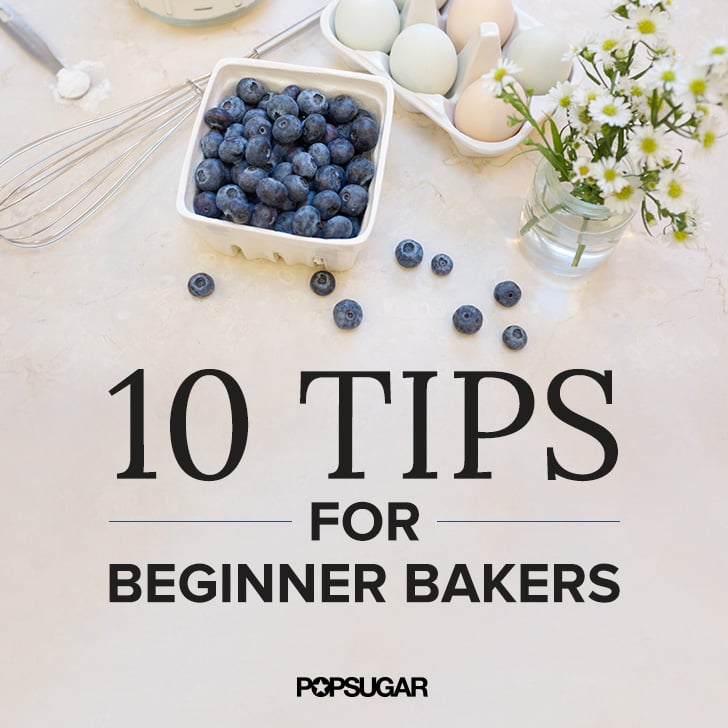
While you might have heard of the importance and value of utensils. But did you also know that they can cause your kitchen to look messy and unorganized? Here are some tips to help keep your kitchen tidy. Clean and disinfect your utensils first. Next, organize food storage. Once you have completed these tasks, you can move on the next step. For example, if you plan to cook with onions, cut them into even slices.
Cleaning
These tips will make your kitchen more organized and healthier. The best way to clean the cook's kitchen is in the middle of the meal. Make sure to clean up the countertops and any other surfaces while you are cooking. To keep your countertops clean, you could also use a compost box to store scraps or peelings. Baking soda makes a great cleaner and deodorizer. Mixing it with vinegar can help remove grease stains, as the two substances produce an acid reaction.
Organizing
A common place to store clutter is the kitchen. It is easy to lose things if you organize your kitchen. To make it easier to find things in the kitchen, organize it with turntables. These turntables make it easy to see what you have and prevent you from buying duplicates. They make it easier for items to be stored in the same containers. Even the smallest cabinets can look better organized with a turntable.

Cleaning utensils
To avoid the spread of germs and diseases in your kitchen, you should regularly clean your utensils. Hand washing is the best way to make sure your utensils don't harbor pathogens. You can also use a spray or soaking solution of Green Up products. These products won't damage rubber, metal or plastic. They are also easy to use and non-flammable.
How to organize food storage
Place painters tape on the cabinet or shelf to organize your food storage. Place painters tape on a shelf or cabinet to mark the areas that belong together. Leave the tape up for a few days and compare your current use of the space to the new plan. Next, determine where you need to add more space. Using the painter's tape will help you organize your food storage area in the kitchen. If necessary, rearrange cabinets and shelves to make room for your new plan.
Keeping knives sharp
It can be difficult keeping knives sharp in the cooking area. There are some tips to keep your knives sharp. First, it is essential to properly store them. Avoid causing damage to their edges by using wooden cutting boards. Plastic cutting boards are a great alternative to wood and can even be washed with the dishwasher.

FAQ
What is the cost of a culinary school?
Culinary school costs vary depending on where you go, how long you study, and what program you choose. Average tuition costs between $10,000 and $30,000. Most students graduate with about $20,000 in debt. Some programs offer work-study, grants, scholarships and grants.
What can I learn about cooking?
There are numerous cooking classes offered across the country. Many schools offer courses in baking, pastry, and wine tasting. You can learn more about how to cook by enrolling in a class at either a local vocational school or community college.
Do I require any special equipment?
It doesn't take any special equipment or tools to learn to cook. However, it can be easier to use the right tools. A knife can be used instead of a fork when making pasta, or a whisk could be used to whip up stiff egg whites. Having the right tools makes cooking less intimidating and allows you to start faster.
What are basic cooking skills?
Basic cooking skills include knowing how to read recipes, measure ingredients, cook food safely, and clean up after yourself. You need to master these skills if you want to cook for your own meals. Cooking is an excellent way to save money because you don’t have the need to eat out as often.
How do you become a chef?
There are many paths to becoming a chef. A course at a local community college or vocational school is a good place to start. Consider attending culinary school. Finally, consider a paid internship.
Statistics
- In the United States, the category is estimated at $23.2 billion annually and is growing faster than the market. (washingtonpost.com)
- According to the BLS, chefs earn $58,740 a year. (learnhowtobecome.org)
- You'll be amazed that over 90% of CIA students receive scholarships and grants to finish their culinary studies. (ischoolconnect.com)
External Links
How To
How to make a perfect Omelette
Omelets have always been a favourite food to eat for breakfast. But how do you create them perfectly? I've tried many recipes and different methods but none have worked. So I wanted to share some tips and tricks so that you can make delicious, fluffy omelets every morn.
First, eggs can be very temperamental ingredients for making omelets. It is important that eggs are fresh from an organic market and kept cool until used. If they are not kept cold enough, the whites won’t form properly. The yolks will also break down too quickly and become runny. This makes your omelets look weirdly colored. If you're going to cook them immediately, it is best if the eggs are still warm.
You might also try separating the egg before adding to the pan. It is important not to allow any white to mix with the yolk as this could lead to the omelet becoming curdled.
You could end up burning the bottom half of the egg if the egg is added directly to the heat source. Instead, heat the egg in a microwave for 10 seconds and then place it in a pan. The microwave heat will cook the egg just right without making it too hot.
Next, let us talk about how to mix the eggs. Mix eggs well together. You can do this by turning the bowl of your mixer upside down. Next, shake the bowl vigorously. By doing this, the egg is thoroughly mixed with the air in the bowl.
Now it's time to have fun: pour the milk into the mixture. First, pour half of the milk into the beaten eggs and then fold the eggs gently into the remaining milk. Don't worry if there are still streaks of egg visible; these streaks will disappear once you flip the omelet.
After you have folded the eggs, heat the oil in a pan over medium heat. Once the oil has started to sizzle, turn the heat down to low. When the oil is hot enough, add 1/4 cup butter to the pan. Stir it around until the butter covers the entire pan. The lid should be carefully opened. Sprinkle salt in the pan. A pinch of salt will prevent your omelet from sticking in the pan.
Cover the pan once you have formed the omelet. Wait for the top to set. Flip the omelet over using a spatula or flip the pan upside down. Cook the other half for another minute. Serve the omelet immediately by removing it from the pan.
This recipe is best when used with whole milk. But, you can use skimmed milk as well.